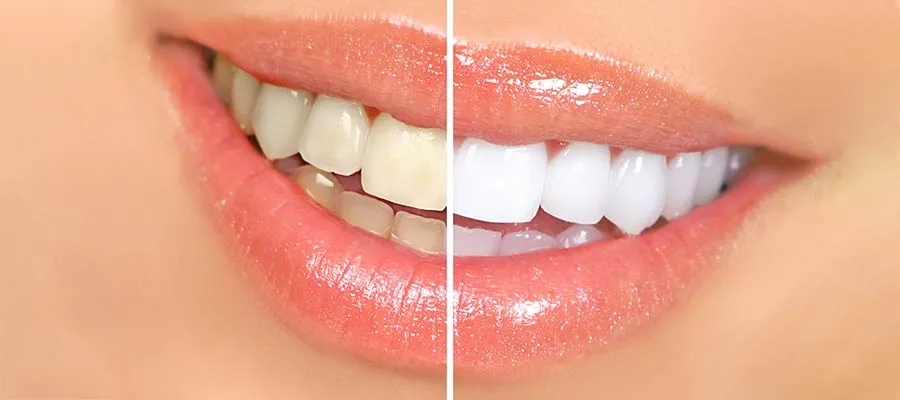What to Expect During a Teeth Whitening Appointment
Embarking on a teeth whitening journey can significantly boost your confidence by enhancing your smile. Understanding what to expect during a teeth whitening appointment is crucial for a successful and comfortable experience. This guide will walk you through each step, from the initial consultation to post-treatment care, ensuring you are well-prepared and informed. Knowing the process ahead of time can ease any anxieties and help you achieve the best possible results. The aim of a teeth whitening appointment is not just to brighten your teeth but also to provide you with a healthier and more aesthetically pleasing smile. The overall process involves assessing your dental health, discussing your goals, and choosing the most suitable whitening method for your needs.
Initial Consultation and Assessment
The initial consultation is the first step, setting the stage for a personalized teeth whitening plan. This session allows your dentist to evaluate your oral health, discuss your expectations, and recommend the most effective treatment options. This is not just a routine checkup; it’s a detailed assessment designed to ensure the safety and efficacy of the teeth whitening procedure. The dentist will thoroughly examine your teeth and gums to identify any underlying issues that could impact the whitening process, such as cavities, gum disease, or existing dental work. Addressing these issues first is essential to prevent any complications and to ensure the best outcome.
Discussing Your Goals and Expectations
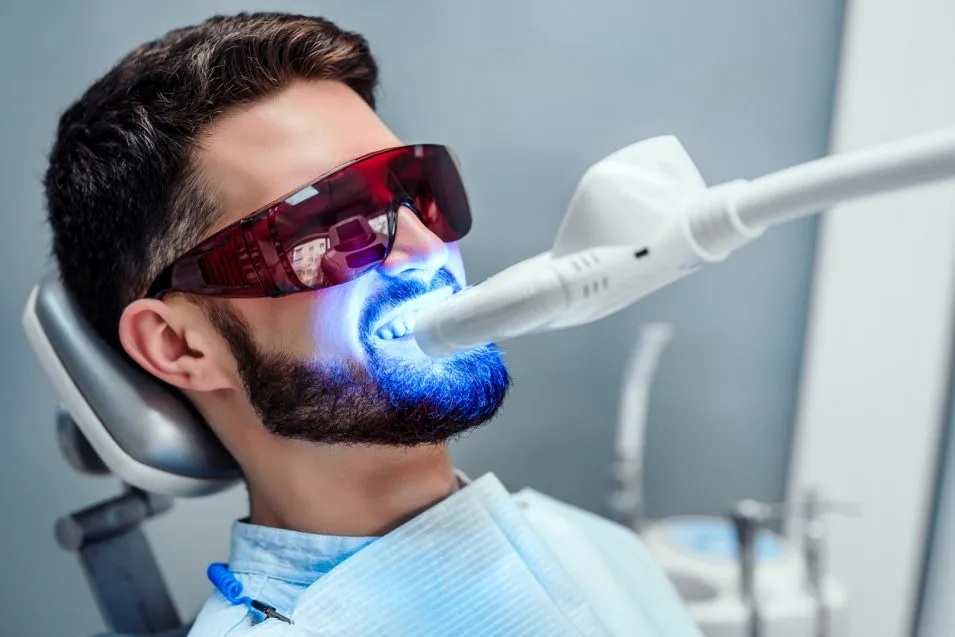
During the consultation, you will have the opportunity to discuss your desired shade of white and overall smile goals. Your dentist will explain the realistic outcomes based on your current teeth condition and the chosen whitening method. This discussion helps set expectations and ensures you are fully informed about the process. It’s important to be realistic about what can be achieved; some teeth whiten more effectively than others. The dentist will consider factors such as the type of stains, the natural shade of your teeth, and any previous dental treatments. This helps determine the optimal approach to meet your aesthetic goals.
Examination of Teeth and Gums
A thorough examination of your teeth and gums is a critical component of the initial assessment. Your dentist will look for signs of cavities, gum disease, or other dental issues that need attention before the whitening procedure. Addressing any underlying conditions ensures the teeth whitening process is safe and effective. Dental work, such as fillings or crowns, will not whiten with the same process as natural teeth. The dentist will assess the overall health of your teeth and gums, ensuring a healthy foundation for the whitening treatment. This includes checking for any sensitivity, which can be a factor in deciding the best whitening method.
Teeth Whitening Procedure Options
There are several teeth whitening options available, each with its own set of advantages and considerations. The choice of method depends on your specific needs, the degree of discoloration, and your lifestyle. Professional in-office whitening, take-home kits, and over-the-counter products are the main categories to consider. Understanding these options will help you make an informed decision and achieve the desired results. Each method employs different techniques and strengths of whitening agents, ensuring a tailored approach to your smile enhancement goals. The most effective treatment depends on your individual circumstances, so discussing these options with your dentist is important.
Professional In-Office Whitening

In-office whitening, also known as chairside bleaching, is performed by a dental professional and offers immediate results. This method uses a high concentration of whitening agents and is often combined with a special light or laser to accelerate the process. The dentist isolates your teeth, protects your gums, and applies the whitening gel. This process usually involves multiple applications during a single visit. This is an excellent option for those seeking immediate and dramatic results. In-office treatments are highly effective, as they utilize stronger whitening agents and are closely monitored by a dental professional. The procedure typically takes about an hour, depending on the desired level of whitening.
The Process Step by Step
The in-office teeth whitening process involves several key steps. First, the dentist will clean your teeth to remove any surface stains. A protective barrier is then applied to your gums to prevent irritation from the whitening agent. Next, the whitening gel is applied to your teeth, and a special light or laser is used to activate the bleaching process. The gel is typically left on for a set period, and the process may be repeated several times during the appointment. After the final application, the dentist will remove the gel and provide instructions for post-whitening care. The entire procedure, from start to finish, is carefully managed to ensure your comfort and safety.
Types of Whitening Agents Used
Professional in-office whitening typically uses hydrogen peroxide or carbamide peroxide as the active whitening agent. These agents break down into oxygen molecules that penetrate the enamel and dentin, breaking down the stain-causing molecules. The concentration of these agents is much higher than in take-home kits or over-the-counter products, which allows for faster and more significant results. Your dentist will choose the appropriate concentration based on your teeth’s sensitivity and the degree of staining. The use of a light or laser can further enhance the whitening effect by accelerating the chemical reaction.
Take-Home Whitening Kits

Take-home whitening kits offer a more gradual approach to teeth whitening, providing flexibility and convenience. These kits typically involve custom-fitted trays that you fill with a whitening gel and wear for a specified period each day or night. This method allows you to whiten your teeth at your convenience, making it suitable for those with busy schedules. While take-home kits generally take longer to produce results than in-office treatments, they are a cost-effective option for achieving a brighter smile. You can typically achieve noticeable improvements within a few weeks, depending on the strength of the whitening agent and the frequency of use.
Custom Trays and Instructions
Your dentist will create custom trays by taking impressions of your teeth, ensuring a perfect fit. These custom trays are designed to hold the whitening gel in close contact with your teeth, maximizing the whitening effect while minimizing exposure to your gums. Along with the trays, you will receive detailed instructions on how to use the kit, including the amount of gel to use, how long to wear the trays, and how frequently to use them. Following these instructions is crucial for achieving the best results and avoiding any potential side effects, such as gum irritation or tooth sensitivity. Regular check-ins with your dentist are recommended to monitor your progress and address any concerns.
Over-the-Counter Whitening Products
Over-the-counter (OTC) whitening products, such as whitening strips, toothpastes, and mouthwashes, are readily available in drugstores and supermarkets. These products are convenient and affordable, but they typically contain lower concentrations of whitening agents than professional treatments. OTC products are a good option for maintaining a bright smile or for those with mild staining. While these products can help brighten your teeth, they are generally less effective for significant discoloration. It’s important to read and follow the instructions carefully, and be aware that results may vary depending on the product and the condition of your teeth.
Effectiveness and Safety Considerations
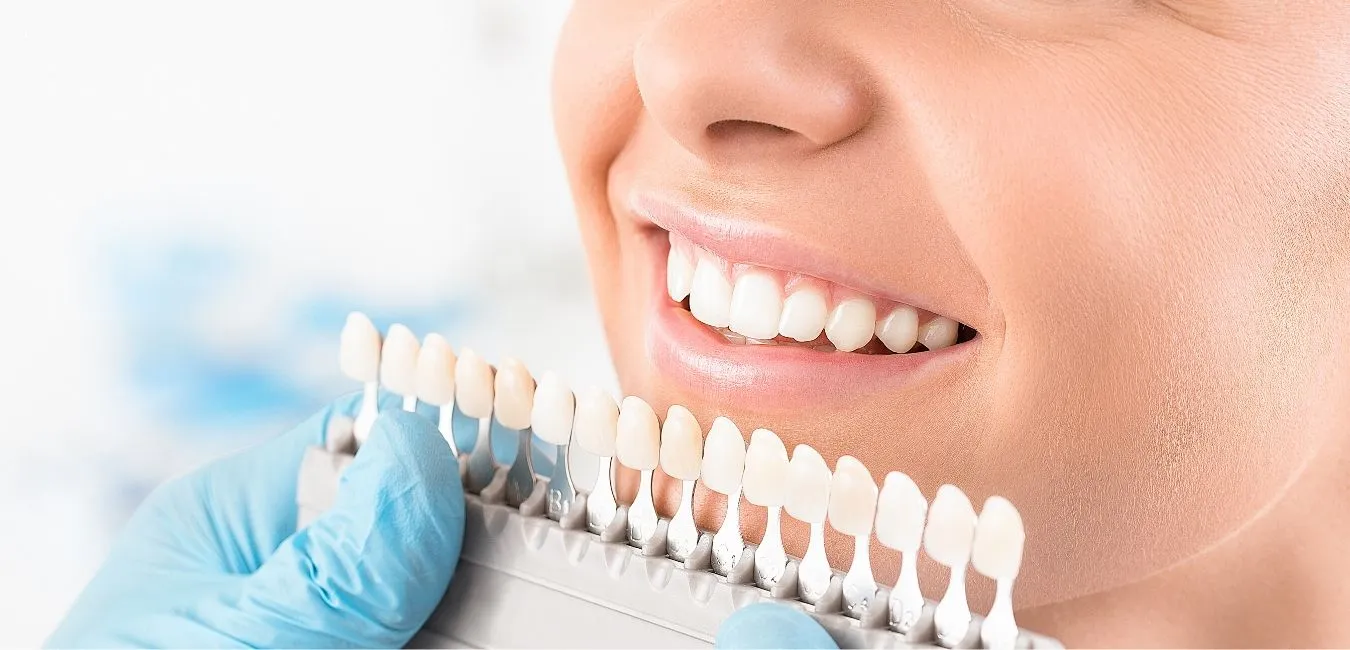
The effectiveness of OTC products varies. Whitening strips and gels tend to be more effective than toothpastes and mouthwashes. The safety of these products depends on the ingredients and how they are used. Look for products approved by dental associations to ensure they meet safety standards. Be cautious about products that promise overly dramatic results, as they may contain harsh chemicals that can damage your enamel or irritate your gums. If you experience any sensitivity or discomfort, discontinue use and consult your dentist. Always consult with your dentist before using OTC products, especially if you have existing dental work or sensitive teeth.
Preparing for Your Teeth Whitening Appointment
Proper preparation is essential for maximizing the effectiveness of your teeth whitening appointment and minimizing potential side effects. This includes making dietary adjustments and maintaining good oral hygiene before and after the procedure. Following these guidelines can help you achieve the best possible results and ensure a comfortable experience. By taking the time to prepare, you set yourself up for a successful teeth whitening journey. It’s important to follow your dentist’s pre-treatment instructions carefully to ensure optimal outcomes and reduce any potential complications.
Dietary Restrictions Before Whitening
Certain foods and drinks can stain your teeth and reduce the effectiveness of the whitening treatment. Avoiding these items before your appointment can improve your results. This includes dark-colored beverages like coffee, tea, red wine, and cola. Also, limit consumption of highly pigmented foods such as berries, beets, and soy sauce. The goal is to minimize any new staining before your teeth are whitened. By making these dietary adjustments, you are providing the best possible environment for the whitening process to succeed. It is recommended to maintain these dietary precautions a few days before the appointment.
Foods and Drinks to Avoid

To ensure optimal results, it’s important to know which foods and drinks to avoid. Coffee, tea, and red wine are notorious for staining teeth. Dark-colored sodas and fruit juices, especially those containing berries, can also contribute to staining. Foods with strong pigments, such as soy sauce, balsamic vinegar, and deeply colored sauces, should be avoided. If you consume these items, rinse your mouth with water immediately to reduce the risk of staining. Your dentist will provide a detailed list of foods and drinks to avoid to help you achieve the best outcome from your teeth whitening procedure. Proper care will ensure a more lasting and brighter smile.
Oral Hygiene Preparation
Maintaining excellent oral hygiene before your teeth whitening appointment is crucial. This includes brushing, flossing, and regular cleaning to remove plaque and surface stains. A clean mouth allows the whitening agent to effectively penetrate your enamel. This preparation helps ensure the best possible outcome from your whitening treatment. Good oral hygiene also contributes to overall dental health. If you have a buildup of plaque or tartar, your dentist may recommend a professional cleaning before your whitening procedure.
Brushing, Flossing, and Cleaning
Brush your teeth thoroughly at least twice a day, using fluoride toothpaste. Floss daily to remove food particles and plaque from between your teeth. If you have a buildup of plaque or tartar, schedule a professional cleaning with your dentist before your whitening appointment. Proper oral hygiene ensures your teeth are clean and ready to receive the whitening treatment. This helps the whitening agent work more efficiently and reduces the risk of uneven whitening. Consistent oral hygiene will also help maintain your brightened smile long after the treatment is completed.
Post-Whitening Care and Maintenance
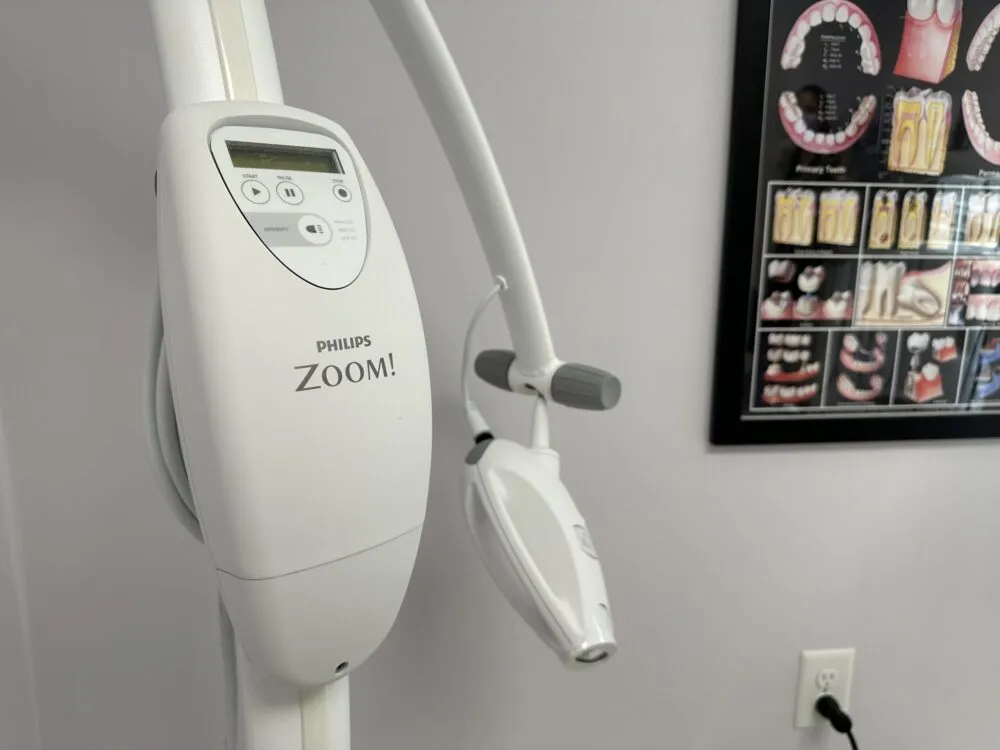
After your teeth whitening appointment, proper care and maintenance are crucial to preserving your results and keeping your smile bright. This includes adhering to dietary guidelines, practicing good oral hygiene, and scheduling regular dental check-ups. The aftercare process is essential to prolong the effects of the whitening treatment. Following your dentist’s instructions carefully will help you maintain your brighter, whiter smile for an extended period. Post-whitening care is about maintaining the brilliance of your new smile.
Foods and Drinks to Avoid After Whitening
After your teeth whitening appointment, your teeth are more susceptible to staining. Avoid consuming highly pigmented foods and drinks, such as coffee, tea, red wine, and dark-colored sodas, for at least a few days to a week after the procedure. Limit your intake of dark-colored fruits, sauces, and condiments. Rinsing your mouth with water immediately after consuming any potentially staining foods or beverages can help minimize staining. Following these dietary guidelines will help you maintain your newly whitened teeth and ensure a longer-lasting result. Patience and careful dietary choices are essential during this phase.
Maintaining a White Smile
Maintaining a white smile requires a consistent oral hygiene routine and regular dental visits. Continue brushing twice a day with fluoride toothpaste and flossing daily to remove plaque and prevent staining. Consider using a whitening toothpaste to help maintain the brightness of your teeth. The use of a straw when drinking staining beverages can also reduce the amount of contact between the liquid and your teeth. Proper maintenance involves consistent practices that preserve the results of your teeth whitening treatment. The key to a bright smile is regular care and a proactive approach to your oral health.
Regular Dental Check-ups and Cleanings
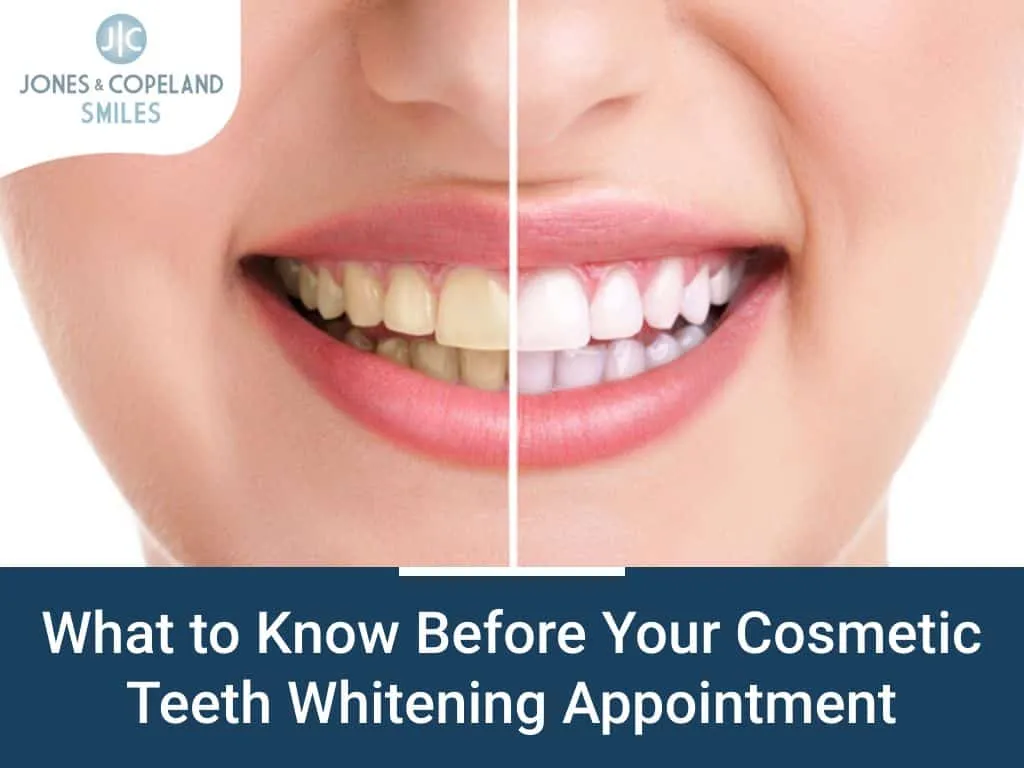
Schedule regular dental check-ups and professional cleanings to maintain your oral health and the brightness of your smile. Your dentist can identify and address any new staining or potential issues early on. Regular professional cleanings remove plaque and tartar buildup that can dull your teeth and contribute to discoloration. Dental check-ups allow your dentist to assess the condition of your teeth and provide recommendations for ongoing care. Routine visits ensure that any potential dental problems are caught early, preventing more extensive treatments. These check-ups are essential for long-term maintenance of your bright, white smile.
Oral Hygiene Practices
Maintaining excellent oral hygiene is paramount for preserving your whitened teeth. Brush your teeth at least twice a day with a fluoride toothpaste, ensuring that you reach all surfaces of your teeth. Floss daily to remove food particles and plaque from between your teeth, where a toothbrush can’t reach. Consider using an antimicrobial mouthwash to further reduce bacteria and prevent staining. Proper oral hygiene helps prevent staining, decay, and gum disease, all of which can affect the appearance and health of your smile. Establishing and maintaining good habits contribute significantly to both oral health and a lasting, bright smile.
Potential Side Effects and Solutions
While teeth whitening is generally safe, some potential side effects can occur. Understanding these side effects and knowing how to manage them will help you have a more comfortable and positive experience. The most common side effects are tooth sensitivity and gum irritation. Your dentist can provide solutions to minimize these issues. Being aware of these possibilities and being prepared to address them ensures your comfort and allows you to fully enjoy the benefits of your teeth whitening treatment.
Sensitivity and Gum Irritation
Tooth sensitivity is a common side effect of teeth whitening, which can manifest as a sharp, temporary pain when consuming hot, cold, or sweet foods and drinks. Gum irritation may also occur, with the gums becoming inflamed or tender. These effects are usually temporary and subside shortly after the treatment or within a few days. If sensitivity persists, your dentist can provide various treatments, such as desensitizing toothpaste or fluoride applications, to alleviate the discomfort. Gum irritation usually resolves on its own, but your dentist may recommend soothing rinses or gels.
Managing Discomfort
There are several ways to manage any discomfort experienced during or after your teeth whitening appointment. Use a desensitizing toothpaste for a few weeks before and after the procedure. Avoid extremely hot or cold foods and drinks for a short period following the treatment. If gum irritation occurs, rinse with a saltwater solution or use an over-the-counter anti-inflammatory gel to soothe the area. Your dentist may also recommend a fluoride treatment to strengthen your enamel and reduce sensitivity. It’s essential to follow your dentist’s instructions carefully and communicate any discomfort promptly.
Effectiveness of Teeth Whitening
Teeth whitening is a highly effective cosmetic procedure that can significantly improve your smile. The results can vary depending on the type of whitening method used, the condition of your teeth, and your adherence to post-treatment care instructions. Understanding the factors that influence effectiveness helps you manage expectations and achieve the best possible outcome. While most people experience noticeable improvements, it’s essential to understand the realistic expectations and the importance of maintaining the results through proper care. The goal is to achieve a brighter, more confident smile through a safe and effective process.
In conclusion, a teeth whitening appointment can dramatically transform your smile, boosting both your appearance and confidence. By understanding the process, preparing effectively, and following post-treatment care instructions, you can achieve outstanding results and maintain a bright, healthy smile for years to come. Consult with your dentist to discuss your goals and choose the best whitening method for your needs. Prioritize proper care before and after your appointment to maintain the long-term brilliance of your smile. The journey to a brighter smile involves informed preparation and consistent maintenance. Embrace your new, radiant smile and the confidence it brings.
